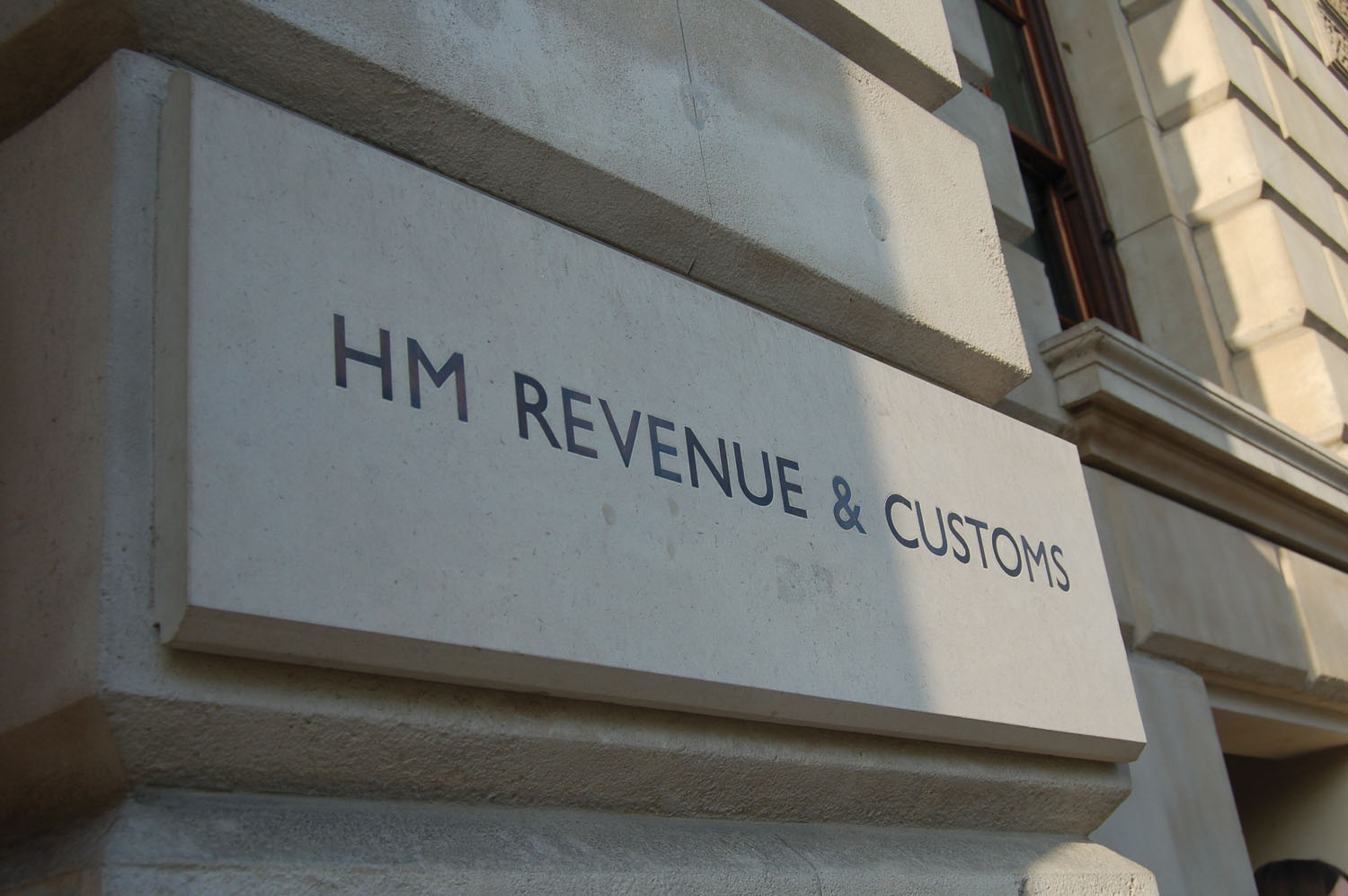Household Bills
HMRC’s stamp duty, inheritance tax and income tax take soars in Q2

HM Revenue & Customs raked in £7bn in stamp duty between April and July this year, “significantly higher” than the £5.7bn raised from the tax in the same period a year earlier.
The Office for National Statistics said the sharp rise in tax paid on property purchases in England could be explained in part by lower tax rates last year under the residential stamp duty holiday which closed on 30 September 2021.
The data published also showed inheritance tax receipts for April 2022 to July 2022 were £2.4bn, some £0.3bn higher than in the same period a year earlier which the ONS said can be attributed to a small number of higher-value payments than usual.
Shaun Moore, tax and financial planning expert at Quilter, said: “Month on month increases have been a mainstay of this data set for a while, showing the government is continuing to gradually increase tax revenues without significantly increasing the burden on tax payers.
“Part of the reason for this is that that property prices have increased so much that more and more are getting caught by the inheritance tax net because the nil rate band and the residence nil rate band will remain frozen until 2026.”
Income tax, capital gains tax and national insurance raised a considerable £141.4bn between April 2022 to July 2022, a significant rise of £17.5bn from the same period a year earlier.
From 6 July the national insurance threshold, which is the level of earnings at which you have to start making contributions, became the same as the income tax threshold – known as the personal allowance.
The change meant that 30 million people pay less national insurance and enjoy an average of £330 more in their pay packet during the year, however, millions more have been tipped into higher tax bands as a result of basic and higher rate tax thresholds being frozen.